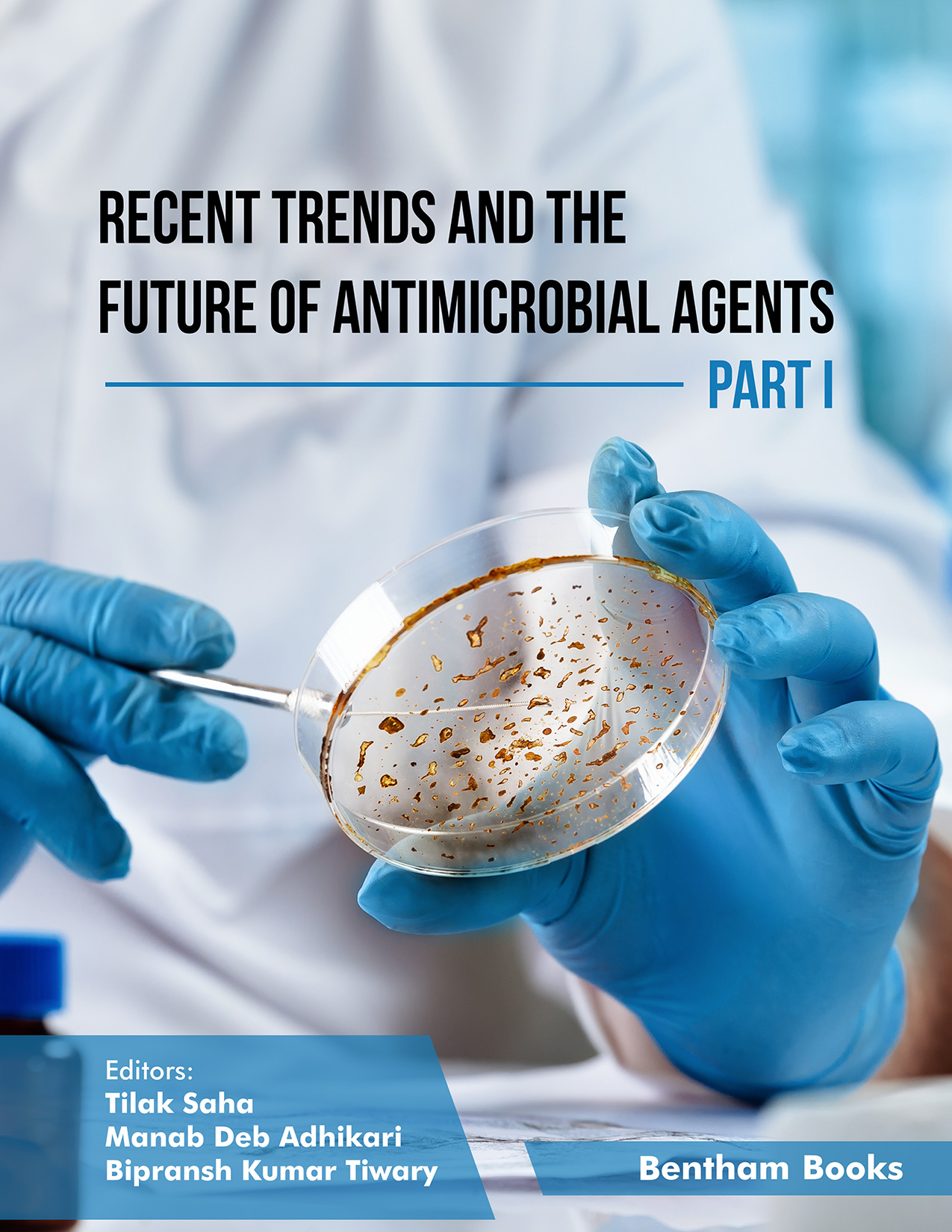Introduction
Recent Trends and the Future of Antimicrobial Agents provides a
significantly expanded overview of the topic with updated research in a broader
context on the development of alternative approaches against microbial infections.
This part consists of ten chapters. The first five chapters describe naturally
derived antimicrobial compounds such as plant-based antimicrobials (PBAs),
enzymes-based and antibody-based antibacterial therapeutic and secondary metabolites
from plant endophytes. The book proceeds to provide details about antimicrobials
derived from marine microorganisms (bacteria, fungi, actinomycetes, and
cyanobacteria) is included to inform readers about effective medications against MDR
strains. Specific chapters describe the drug development against protozoans, with
one chapter focusing on Plasmodium. Chapter contributors have postulated novel
approaches for antimalarial therapeutics. The book also includes an explanation of
host target identification and drug discovery with the purpose of informing the
reader about the implications in viral biology and how they could be exploited for
treating viral diseases. The contents cater to the information needs of
professionals and learners in academia, industry and health services who aim to
learn the most significant experimental and practical approaches towards finding
alternatives to existing antimicrobial therapies.
Audience:
Researchers at the graduate and postgraduate levels, healthcare professionals.

